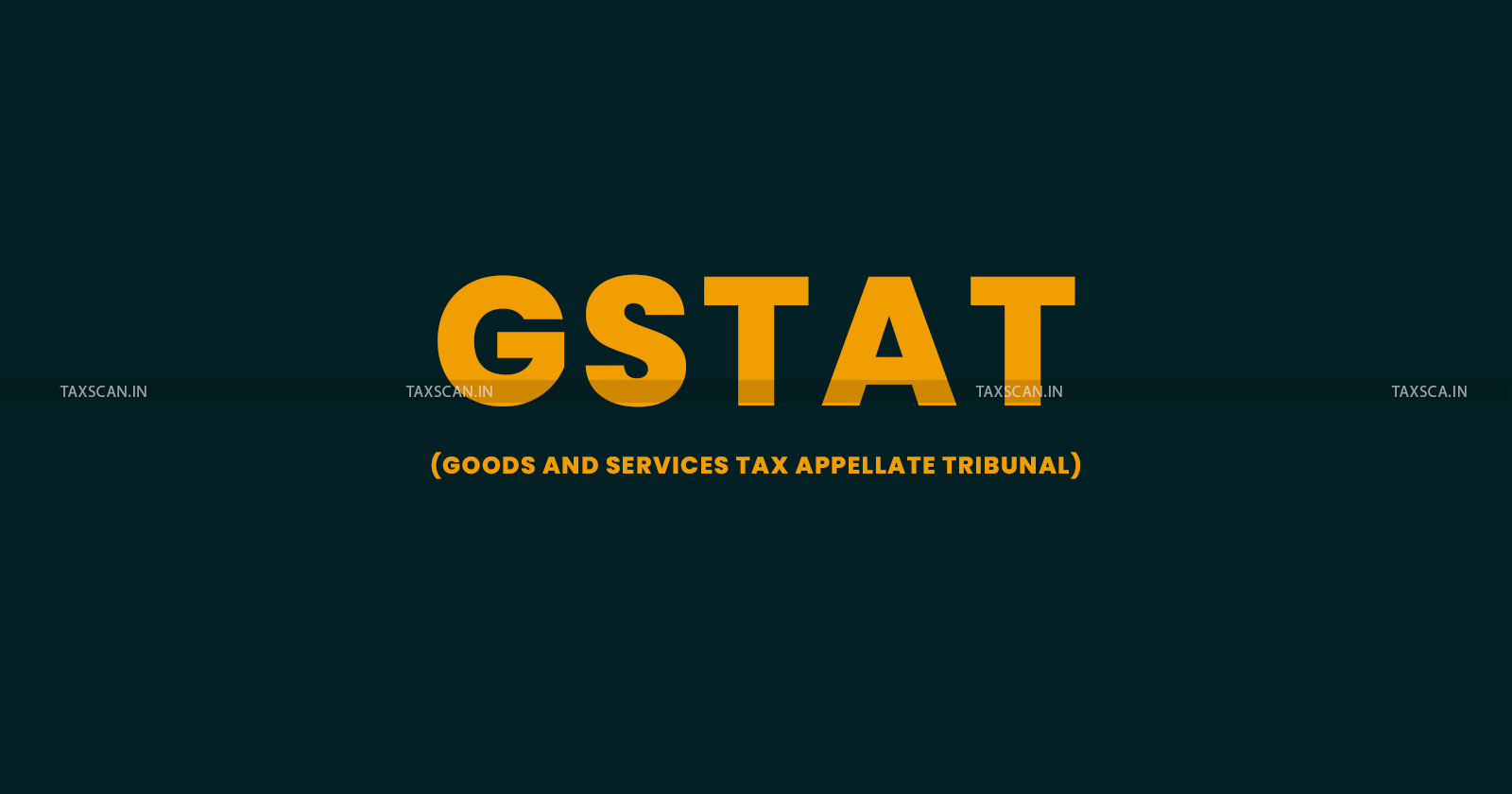States Yet to Appoint Members, GSTAT on the Slow Run to be Functional
States Yet to Appoint Members, GSTAT on the Slow Run to be Functional

The highly looked-forward Goods and Services Tax Appellate Tribunals ( GSTAT ) may need an additional six months to become fully functional, says a report by The Economic Times.
Several states still haven’t appointed members or finalized office spaces, causing the slowdown.
Initially, GSTAT was expected to start functioning by December 2024. However, a senior official told The Economic Times on condition of anonymity, “Appointments to the state bench and supporting staff for the members are pending… This may take another six months.”
Master GST - Expert-Led Courses for Ambitious Professionals
44 Benches, Four Members Each
GSTAT will have 44 benches, each comprising four members—three representing the central government and one from the state government. Although the application and interview processes are complete, final verification and shortlisting are still underway.
Bottlenecks: Real Estate & IT Infrastructure
Real estate allocation is another challenge; only half of the locations for tribunal offices have been identified so far. While the tribunal’s software is already ready, procurement of the necessary IT infrastructure is ongoing and is expected to be completed by March 2025.
In May 2023, the central government appointed former Jharkhand High Court Chief Justice Sanjaya Kumar Mishra as GSTAT president for a four-year term. Experts believe that once operational, GSTAT will ease the burden on courts and offer quicker dispute resolution for businesses.
In the absence of dedicated GST forums, taxpayers had to approach High Courts for addressing numerous disputes concerning the GST rules, rates, and refunds. leading to extended delays and complexities.
To address this, the GST Council set up GST Appellate Tribunals ( GSTATs ) under the Central Goods and Services Tax Act, 2017. GSTAT serves as the second appellate authority under GST laws, aiming to deliver faster and more consistent decisions.
Master GST - Expert-Led Courses for Ambitious Professionals
Structure: The principal bench ( National Bench ) is in New Delhi, headed by a President. It also includes a Judicial Member and Technical Members from both the Centre and the states. State benches may have two Judicial Members and two Technical Members (one from the Centre, one from the state).
Procedures: While GSTAT is not bound by the Civil Procedure Code, 1908, it follows the principles of natural justice. It has the authority to set its own procedures and can exercise powers similar to a civil court—such as summoning individuals, calling for documents, and accepting affidavits as evidence.
With GSTAT in place, the resolution of GST-related disputes is expected to be more streamlined, reducing litigation burdens on higher courts and offering a more efficient mechanism for businesses and authorities alike.
Support our journalism by subscribing to Taxscan premium. Follow us on Telegram for quick updates


